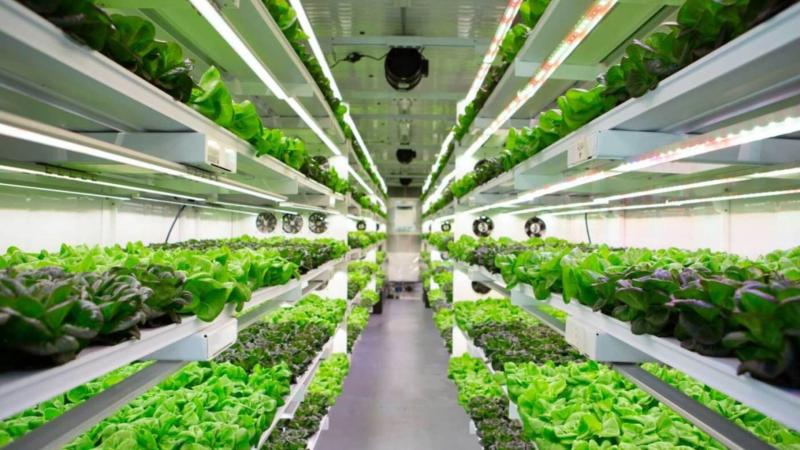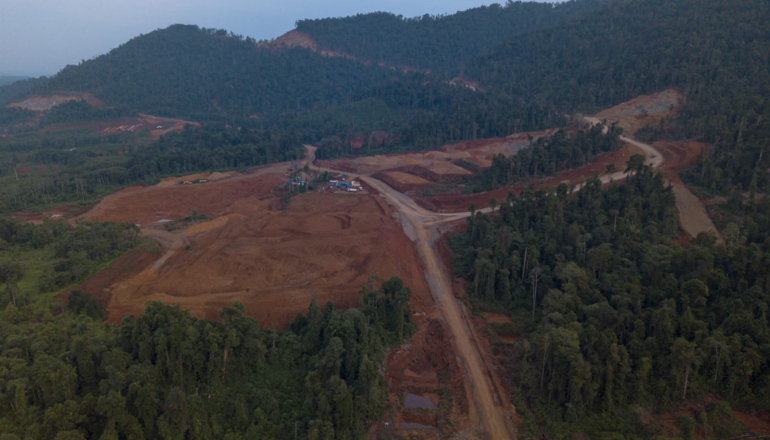Urban Farming Revolution: How CEA is Reshaping America's Food Future

Controlled Environment Agriculture Market Poised for Remarkable Growth
The global Controlled Environment Agriculture (CEA) market is experiencing an extraordinary expansion, with recent projections highlighting its tremendous potential. In 2024, the market size has already reached an impressive US $87.19 billion, and experts predict it will surge to a substantial US $271.01 billion by 2032.
This remarkable trajectory represents a robust Compound Annual Growth Rate (CAGR) of 15.23% during the forecast period from 2025 to 2032. The substantial growth underscores the increasing importance of innovative agricultural technologies that offer sustainable and efficient food production solutions.
Controlled Environment Agriculture represents a cutting-edge approach to farming, utilizing advanced technologies like vertical farming, greenhouse cultivation, and indoor growing systems. These methods enable precise control over environmental factors such as temperature, humidity, light, and nutrient delivery, resulting in higher crop yields, reduced water consumption, and minimized environmental impact.
As global populations continue to grow and climate challenges intensify, CEA emerges as a critical strategy for ensuring food security and sustainable agricultural practices.







.jpg)
